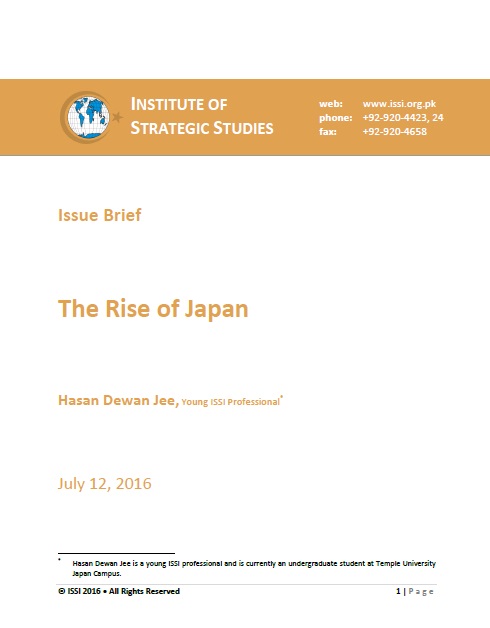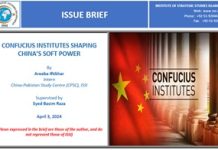Looking at Japan from an economic perspective, people often wonder how Japan was completely defeated by the United States in World War II but still managed to overcome the setback. Japan was forced to surrender after the United States dropped the nuclear bombs on Hiroshima and Nagasaki in an attempt to stop the advances made by Japan in Asia and most of the Pacific.The advances by Japan involved opposing China and joining the ‘Axis’ alliance with Germany. Alongside Germany, it was also able to successfully attack the United States while conquering the West Pacific. This continued until Germany was defeated by the Western allies backed up by the Soviet Union.The Potsdam Declaration was then passed and Japan was given the last chance to surrender or face total annihilation. Japan was, at the time, well aware of its disadvantage, but it still chose to fight single-handedly. After the refusal of the Potsdam Declaration, the United States dropped two atomic bombs on the cities of Hiroshima and Nagasaki, completely decimating a chunk of Japan. This was but a signal to Japan so that it may still surrender before more of Japan was destroyed. On August 15th, 1945, Japan finally surrendered, bringing the much anticipated victory to the Allied Nations.
Despite beings crippled by the United States, Japan still somehow managed to develop its economy at such a rapid pace that even now it is referred to as the ‘economic miracle’. The first glimpse of this miracle was seen when Japan became the 2nd largest economy in the world during the early 1960s’. Japan maintained the growth of its economy until the late 20th century,followed by a long period of stagnation which began from 1991 in which Japan’s GDP (in nominal terms) crashed and suffered for a whole twenty years.Currently, Japan occupies the top position in the global economy. This paper focuses on the elements that led to the ‘economic miracle’ as well as how Japan survived the longest stagnation and still emerged as an economic giant.















